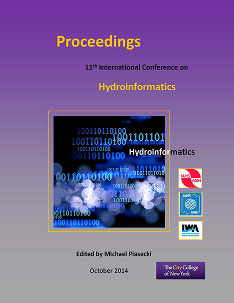Document Type
Presentation
Publication Date
8-1-2014
Abstract
The Great Lakes-St. Lawrence River Basin contains approximately twenty percent of the world’s surface freshwater. The five Great Lakes (Superior, Michigan, Huron, Erie, and Ontario) provide drinking water for 24 million people and support industry, agriculture, and a world-class fishery and ecosystem. The region includes parts of two nations, eight U.S. States and two Canadian Provinces, many Tribes and First Nations, thousands of municipalities and local governments, and a range of stakeholders. These various governments and partners work across borders to manage and protect the region’s water resources and share data and information through a legal and political framework that has evolved over several decades. The “Great Lakes Compact” and companion Agreement establish how each State and Province will enact laws to manage shared water resources, including water withdrawal criteria and water conservation and efficiency programs. This approach has earned national and international recognition for enabling the States and Provinces to achieve shared environmental goals within a flexible framework reflecting the region’s diverse history, geography, and political landscape. This approach has also lead to many policy innovations. Under the Compact and Agreement, the States and Provinces commit to gather and share comparable water use information to improve scientific understanding of the Basin’s waters, and to develop a collaborative strategy to strengthen the scientific basis for sound water management decision making. The States and Provinces report annual water use data for each lake watershed to a centralized, regional database. This data is used to improve decision making for water resource managers, policymakers, and water users through the development of annual water use reports, and compared against the Basin water budget in periodic cumulative impact assessments. The governance structure for this collaboration and its practical application to resource management serves as a model of cross-border data sharing and cooperation for other regions with shared water resources.


Comments
Session R71, Water Resources and Economics I